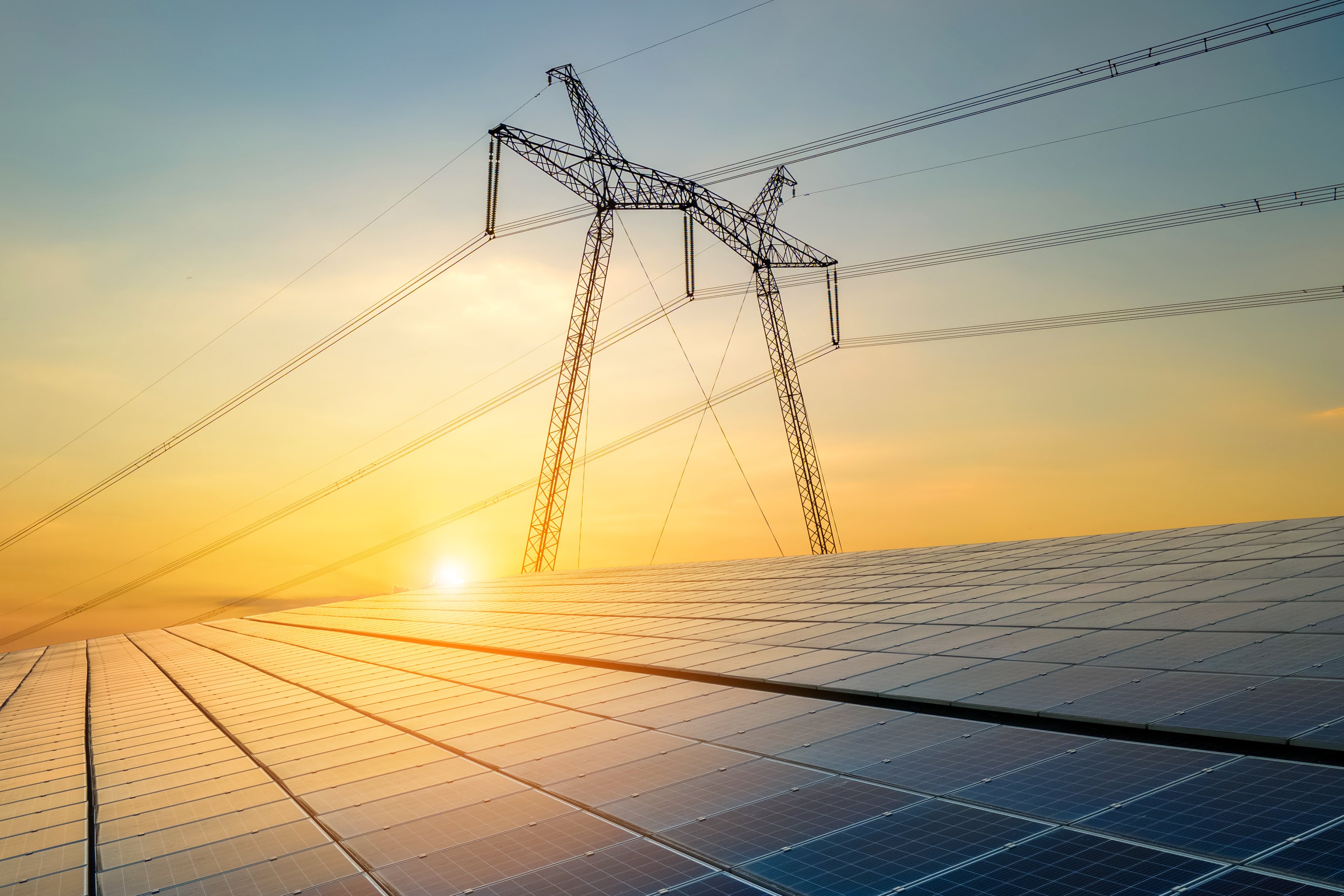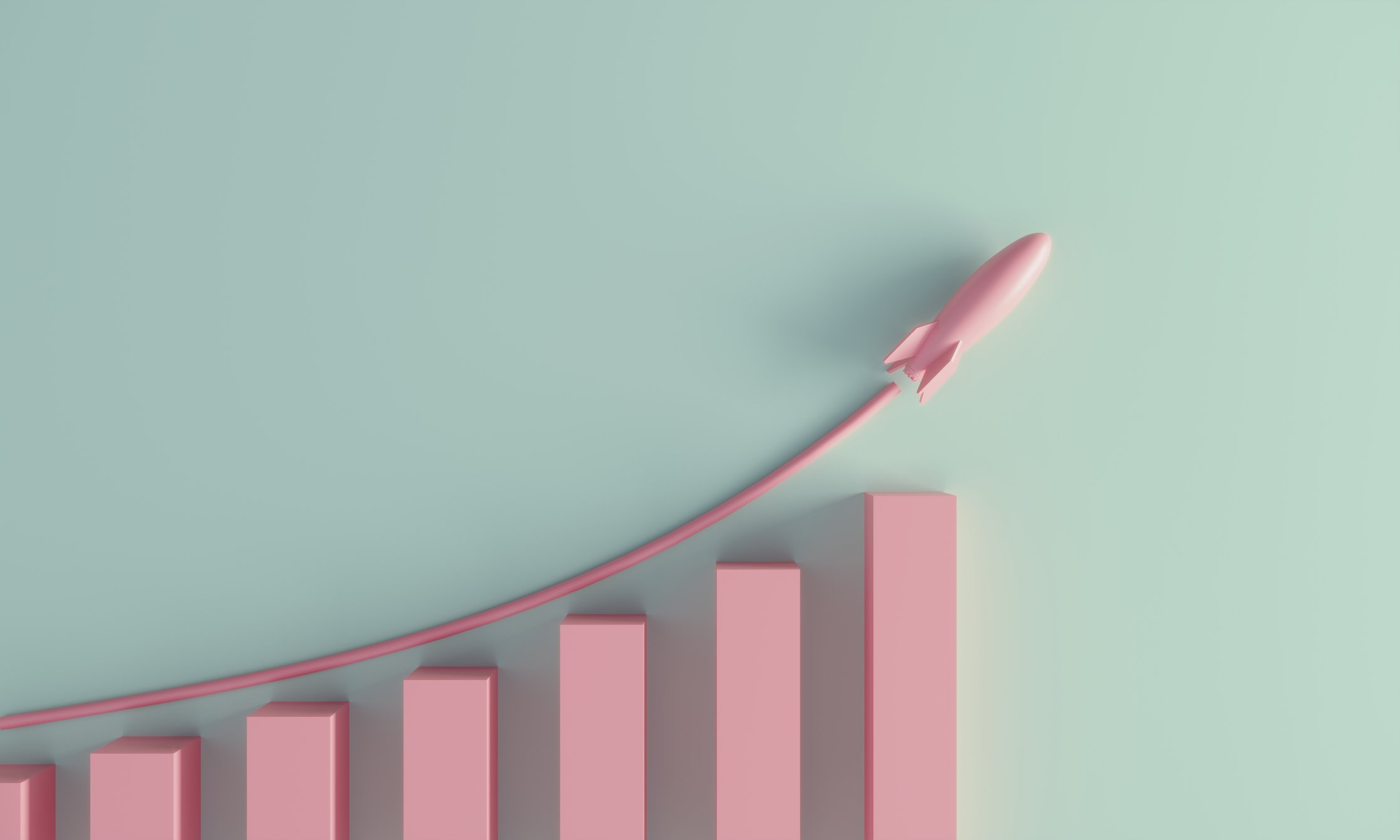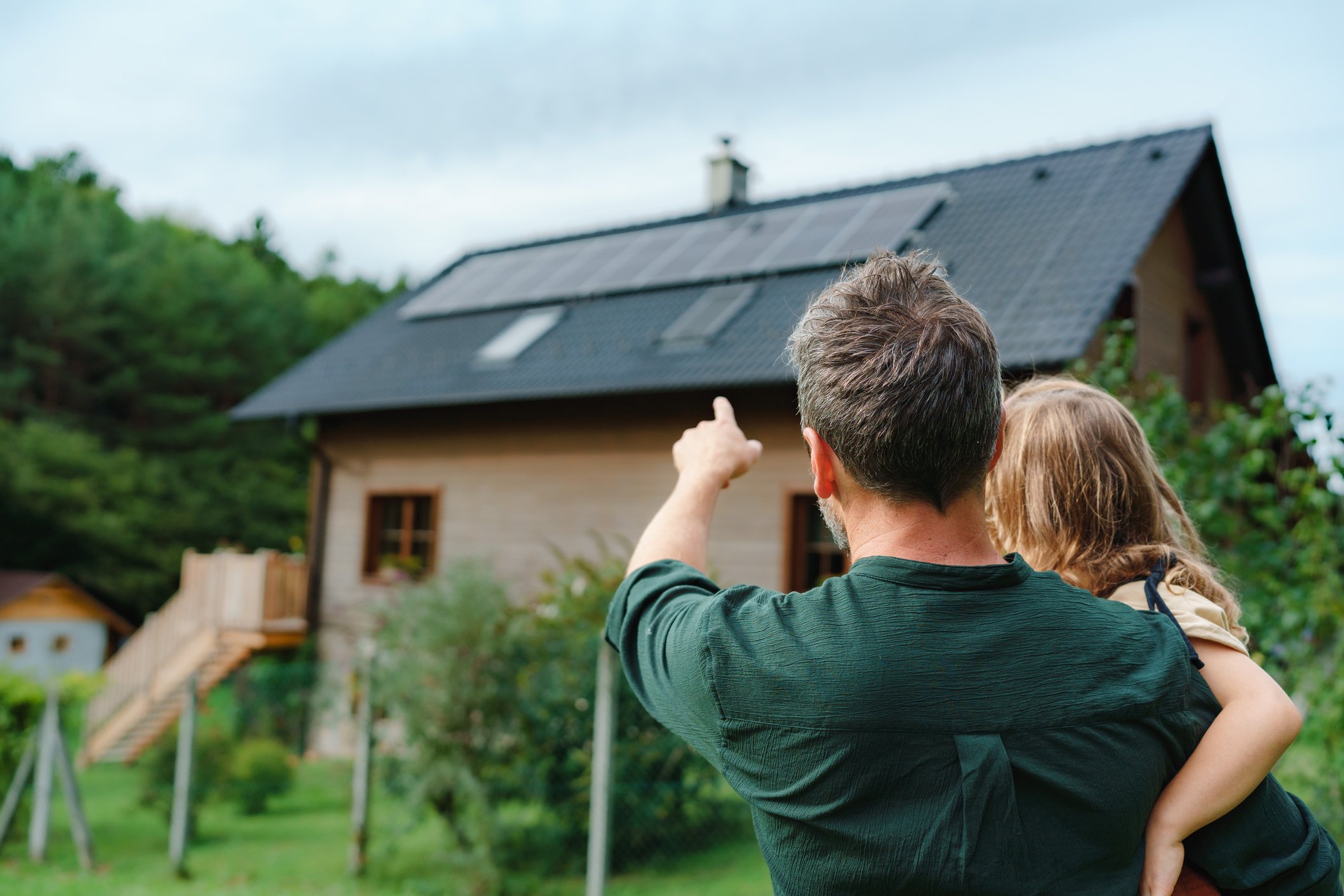Solar energy is already beating coal, natural gas, and nuclear power head to head for new energy contracts with utilities. This was highlighted by Warren Buffett's NV Energy recently agreeing to pay a U.S. record-low 2.3 cents per kilowatt-hour (kWh) for electricity from the Eagle Shadow Mountain solar project. Investment bank Lazard estimates even the cheapest natural gas plant would need to charge twice that to break even. But there could be another big jump forward in solar's cost-effectiveness, this time led by technology improvements.
Manufacturers are beginning to test and produce bifacial solar panels -- panels that generate power from sunlight hitting the front or back of the solar panel. Collecting energy from the back won't double a panel's output, but it could add 15% to 25% to production, which in turn could reduce the cost of future solar projects by up to 20%.

Solar installations like this could benefit from collecting energy hitting the back of panels. Image source: Getty Images.
What is bifacial solar all about?
Canadian Solar (CSIQ 10.08%) is the first to announce a bifacial solar panel on the market, known as the BiKu module. The product ranges from 17.54% efficient to 18.29% efficient in turning the sun's rays into electricity on the front side. On the back side, indirect light hitting the solar cells will add some power production to the panel, much like how a solar panel can generate some power on a cloudy day.
When you add both sides of the second side of the bifacial solar panel to the equation, efficiency goes as high as 23.8%, according to Canadian Solar. Below is a table with the efficiency of two models of the solar panels with different assumed gains from the bifacial design.
| Bifacial Gain | CS3U-350PB-FG | CS3U-365PB-FG |
| 0% | 17.54% | 18.29% |
| 10% | 19.29% | 20.14% |
| 20% | 21.04% | 21.94% |
| 30% | 22.8% | 23.8% |
Source: Canadian Solar data sheet.
You can see that the impact of the bifacial design is potentially very large if a solar system can be designed to exploit this gain.
Not all solar will be bifacial
Before you start thinking that all solar panels will eventually be bifacial, the gains will depend on the specific project. A utility-scale project where solar panels follow the sun's path with trackers could have significant gains because there's space between panels and ambient light that hits the back of a solar panel (see the picture above). A residential or commercial solar system, which is mounted to a roof and blocks the back of the panel from the sun, may not get any benefit from bifacial panels.
It'll be a case-by-case basis as to where bifacial solar panels make financial sense. But if there's not a large premium for the technology, we could see bifacial solar panels become standard in utility-scale solar projects and even some commercial installations.
Competing with a higher level of solar panels
What this bifacial design could do for companies like Canadian Solar is make them more competitive in the high-efficiency market with a manufacturer like SunPower (SPWR +0.00%), which focuses on high-efficiency solar panel designs.
To give an idea of how competitive bifacial solar panels can be from an efficiency standpoint, the data sheet for SunPower's most efficient P-Series solar panel says the company is producing 19.6% efficient solar panels for utility-scale markets. That's a level Canadian Solar can match with the CS3U-350PB-FG model above with between a 10% and 20% bifacial gain. That could make it competitive with premium products on the market today. Over time, competitors will be able to replicate bifacial solar panel technology, but it could make older technologies obsolete and expand the total addressable market of solar energy by lowering costs.
On the cost side, even if bifacial solar panels cost more than traditional solar panels, they can result in lower overall solar system costs. Let's assume, as a baseline, that a traditional solar panel costs about $0.40 per watt today (based on average costs over the past year from GTM Research) and that a utility-scale solar system costs $1 per watt to build. If a bifacial solar panel produces 15% more energy than a traditional panel, it could cost $0.15 more than a traditional panel, or 37.5% more, and still be breakeven financially for installers.
Ultimately, bifacial solar panels should help lower the cost of solar electricity long-term as production ramps up. The real impact of bifacial solar panels won't be to differentiate any manufacturer, it will to be bringing down the cost of solar electricity, allowing the industry to beat the cost of fossil fuels in more locations and expand its addressable market.






